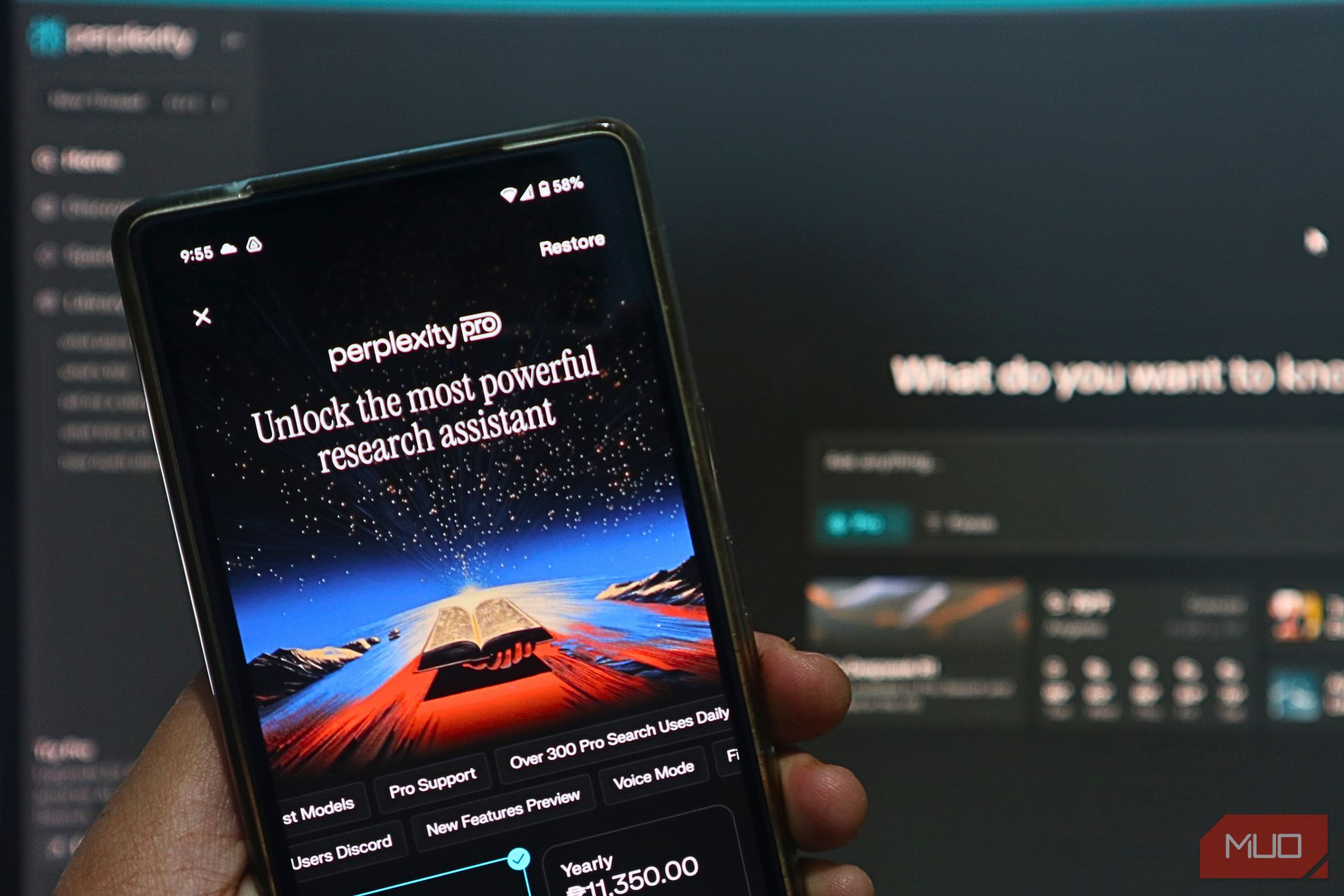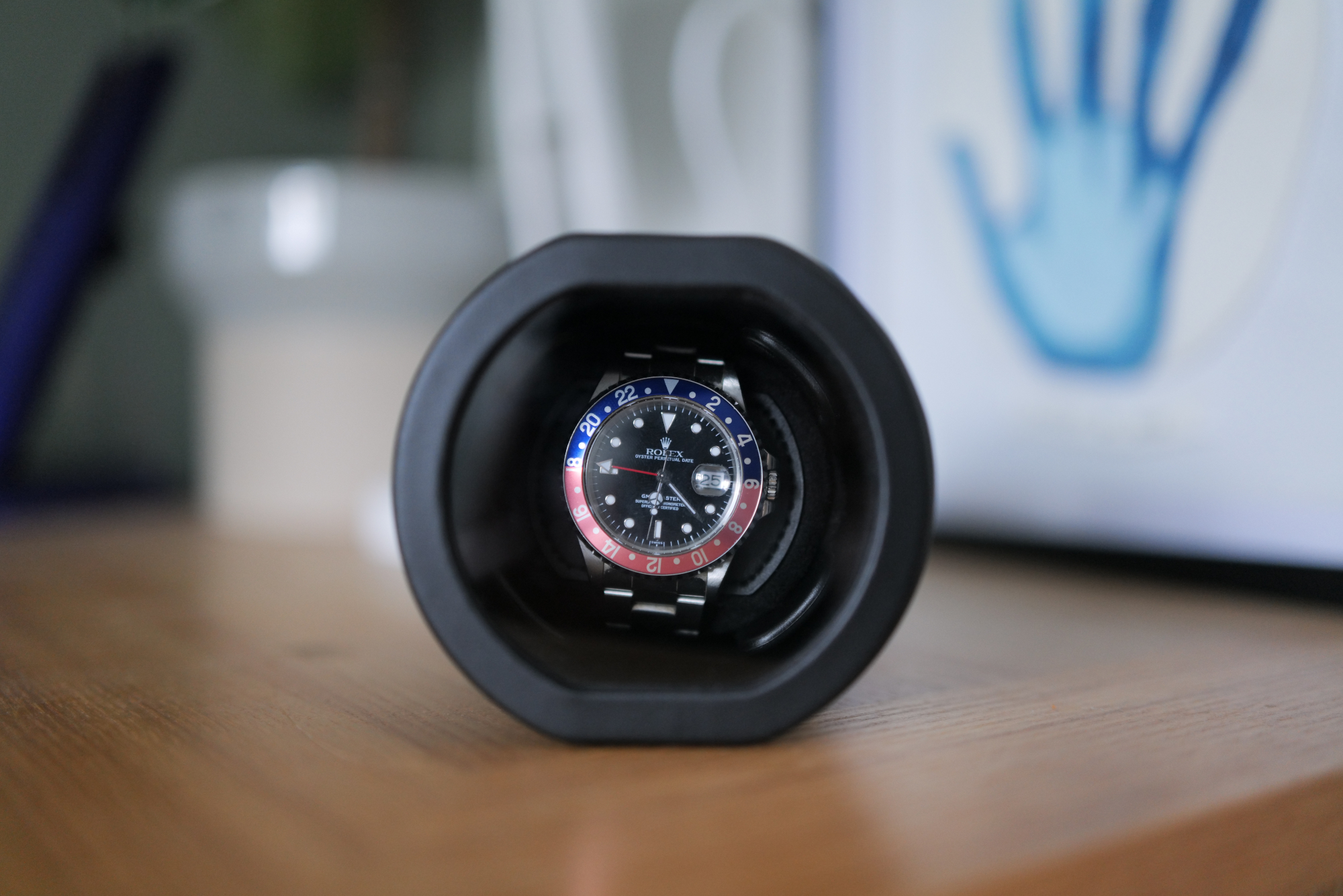Navigating Miami can be tough, especially if you’re trying to make it to all of Miami’s best neighborhoods, from South Beach to Brickell. Some areas are pedestrian-friendly but don’t expect to commute on foot for longer than 10 or 15 minutes at a time—especially during the boiling summer months.
Renting a car in Miami can be a good idea for extended stays, but if you’re planning to hit up a few of the best Wynwood bars or Miami’s famous clubs, you’ll probably want to seek an alternative. That’s where Maimi’s public transportation comes in. Buses, trolleys, trains and bikes are all on the menu, albeit on a smaller scale than in some other big cities. There are even a few good free public transit options. Keep reading to get briefed everything you need to know about Miami public transportation.
Guide to Miami public transportation
1. Metromover
The Metromover is one of three train lines in Miami-Dade (Metromover, Metrorail and Tri-Rail). The Metromover is the smallest of the three with 21 stops, but the most efficient and convenient. With cars arriving every 90 seconds during rush hours and every three minutes during off-peak hours, the elevated, electric monorail runs three very short loops around Downtown: Omni Loop, Inner Loop and Brickell Loop (daily 5am–midnight). The Metromover is free and can help you bypass Downtown and Brickell’s absolutely horrific traffic, boasting direct stops at the Brickell City Centre and Bayfront Park.
2. Miami Trolley
The Miami trolley is a great free way to get around certain areas of the city. On the mainland, these orange and green vehicles operate in Downtown, Brickell, Coconut Grove, Edgewater, Little Havana, Miami Beach, Wynwood and more. Trolley service starts at 6:30am on weekdays and Saturdays and runs through 11pm on most routes. Service runs from 8am to 8pm on Sundays. You can track the trolley live online. When you see one, you can try to flag it down (they won’t stop if they’re full) or—the easier option—find a marked stop. Once aboard, feel free to ask the driver the best place to get off for your destination.
3. Citi Bike
Citi Bike is Miami’s solar-powered bike-sharing system. The blue branded bikes and their docking stations are instantly recognizable and readily available throughout the county. Though there’s a membership option, visitors will most likely opt to rent the bikes by the half-hour ($5.75), hour ($7.95) or day ($24). Unlock a bike from any station, ride wherever you want (bikes are not allowed aboard the Metrorail or Metromover systems) and return your bike to any station. You can also park your bike and check out another during the same rental period. Just note that the rental period starts at the time of your original transaction.
4. Metrobus
Though it’s the most comprehensive transportation system we have, Miamians have a love/hate relationship with our city buses. The Metrobus vehicles are clean and air-conditioned but they travel along congested routes and can run on unreliable schedules. The frequency of service varies by route, time and day of the week: as often as every 10 or 15 minutes or as far apart as every 45 minutes. A one-way bus fare starts at $2.25 using an EASY Card, EASY Ticket, the GO Miami-Dade Transit app, contactless payment or cash. Free WiFi is also available.
5. Metrorail
Think of the Metrorail as the Metromover’s bigger, yet more complicated cousin. The 25-mile elevated train system runs from Palmetto (north) to Dadeland (south), with stops around every mile. But the Metrorail isn’t as easy as the free, hop-on-hop-off Metromover. A single trip costs $2.25 (purchased via contactless payment, EASY Card, EASY ticket or the GO Miami-Dade Transit app). Visitors may find Metrorail useful for trips to Coconut Grove, Coral Gables, Vizcaya or coming from or going to Miami International Airport. There are also connections to Broward and Palm Beach counties at three locations and free Wi-Fi on board.
6. Tri-Rail
Running in a pretty straight north/south line from Miami to West Palm Beach, Miami’s largest rail system is good for those looking to travel a far distance or see another county. The Tri-Rail does connect with certain Metrorail stops and—unlike the Metrorail—cash is an option when purchasing your ticket. Buy your passes at ticket vending machines located at every station or via the Tri-Rail app. Fares depend on how far you’re going but remain reasonable—they hover around $2.50 to $8.75 for a one-way ticket.
7. Brightline
The Brightline is a privately-owned inter-city rail that connects Downtown Miami to Orlando in around 3.5 hours. Along the way, you can stop in Aventura, Fort Lauderdale and West Palm Beach, with around 30 minutes between each stop. Ideal for out-of-town excursions and day trips, the Brightline is modern and comfy, with bars and restaurants located in stations in addition to onboard dining and drinking options. That kind of convenience doesn’t come as cheap, with one-way tickets starting at around $20 per passenger to Fort Lauderdale.
8. Ride-share apps
An Uber or Lyft is generally cheaper and quicker than a taxi and can be tracked on your smartphone more reliably. Plus, you can customize your ride with economy and premium vehicles. Lyft gives riders the ability to opt for a shared car to cut costs. Though Uber has done away with carpooling for now, they have added Green (eco-friendly) and Comfort (more legroom) options, plus the ability to transport packages and pets.
9. Freebee
Not many folks know about the Freebee—which makes it a great option, especially in crowded areas like Miami Beach. As the name implies, the ride is free, though tipping is still strongly encouraged. Order one of Freebee’s electric vehicles just like you would an Uber or Lyft. They currently operate in Coconut Grove, Coral Gables, Doral, Downtown, Key Biscayne, Miami Beach and many other neighborhoods (download the app to view all service areas near you).
10. Taxi
Taxis aren’t very popular with locals. They can be expensive and unreliable. Meters start at approximately $3—but can vary from cab to cab, and not always in your favor. Tipping is expected as well. Taxis can be a good choice when leaving the airport, as Ubers and Lyfts can be tough to track and find at the busy terminals (tack on a $2.00 airport origination fee to your base fare). But, other than that, we highly recommend using a ride-share app for quick, trustworthy results.









